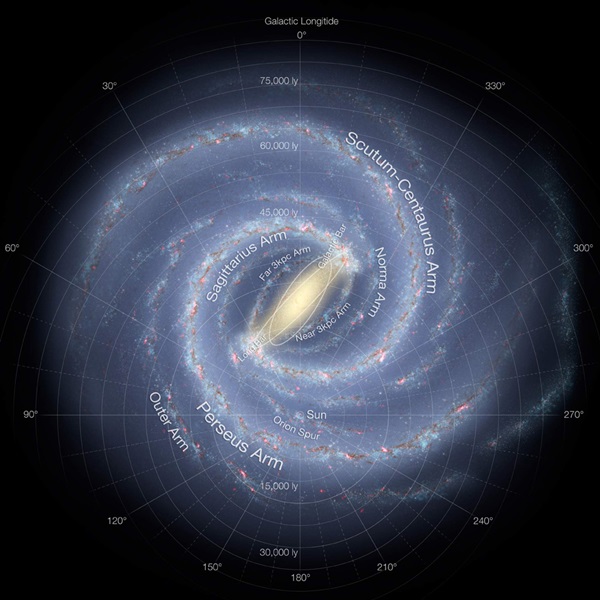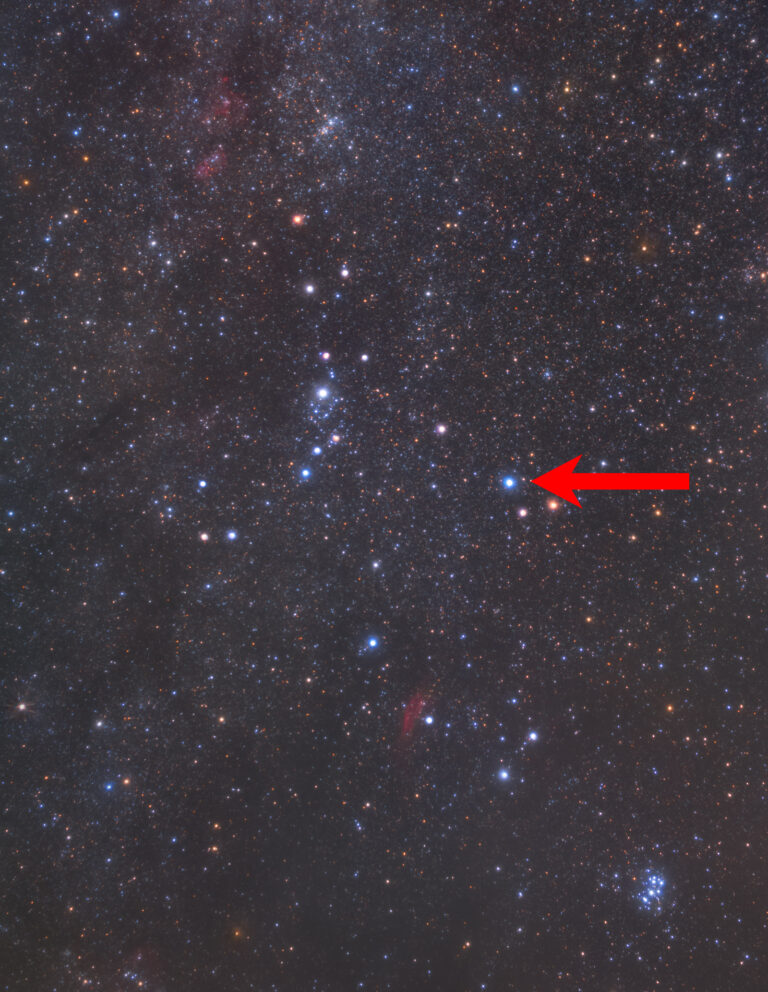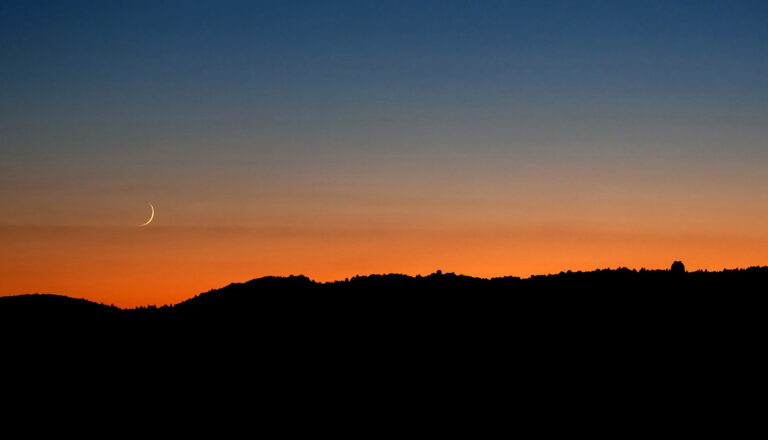Key Takeaways:
Press shift question mark to access a list of keyboard shortcuts
Humans gave the Milky Way its name many, many Moons ago, when people walked around speaking Latin. When they looked up, they saw the via lactea — the fuzzy band that spreads from horizon to horizon if you’re under dark skies. Before that term existed, the Greeks called it galaktikos kyklos (with all Ks), meaning “milk circle.” Yum.
Farther east, astronomers called the Milky Way Akash Ganga, or the Ganges of the heavens. For those of you who’ve forgotten your geography lessons, the Ganges is a river in India.
Ancient geniuses suggested the hazy light came from closely-packed distant stars — an idea Galileo Galilei and his telescope confirmed. But the modern concept of a galaxy didn’t exist until the twentieth century.
Like all good scientific revolutions, this one began with a fight. In 1920, astronomers Harlow Shapley and Heber Curtis came to intellectual blows over the nature of what astronomers called “spiral nebulae” — like the “Andromeda Nebula.”
At the time, scientists believed the Milky Way was the universe — a celestial structure that contained everything in space. Curtis, however, suggested that each spiral nebula was its own — for lack of a better word — Milky Way, containing its own multitude of stars. He called this concept the Island Universes Hypothesis, and Edwin Hubble later proved it correct. “Island universes” is unwieldy, though, so we now call them galaxies.
Viewed from the side, it looks like two fried eggs laid back to back. It has a disk — the egg whites — where the spiral arms, and so most of the stars, are. Ninety-five percent of the disk’s stars lie in a thin disk about 1,000 light-years high, but 5 percent are smeared out in a thick disk about 3,300 light-years tall. These stars are youngish, at least compared to those in other parts of the galaxy.
Closer to its center, the galaxy has a bulge — in our analogy, the yolk, over-medium — where stars live near to the Milky Way’s central supermassive black hole, which is called Sagittarius A*. These stars tend to be old or massive or both.
Outside the Milky Way proper, there’s still a lot going on. A suburban volume called the halo contains ancient stars with very few heavy elements, globular clusters, more gas than you can imagine, and more dark matter than you can imagine because you have no idea what dark matter is. While all the stuff in the fried-egg part of the galaxy orbits in an orderly fashion, the halo components’ orbits are individual, often elongated, and strange. Out there, the occupants are isolated and tend to go their own way.
Other kinds of light — besides visible — have helped with that. In the mid-twentieth century, astronomers used radio waves, which cut through dust just like FM transmissions through your house’s walls, to prove that the Milky Way’s spiral arms exist. Similarly, radio waves, infrared radiation, hard X-rays, and gamma rays have shown that the heavyweight at the galaxy’s center is, in fact, a black hole. Near-infrared observations suggest the Milky Way is not just a spiral but a barred spiral galaxy. And a wonky one at that, say radio astronomers — with a warp from dark-matter interactions with the Magellanic Clouds. Gamma rays also show huge blown-out bubbles coming from the galactic center, likely from some epic feast the black hole had back when no one was here to watch.
Despite the many discoveries in the past 50 years, we still don’t have the most accurate model of our home. To fix that, astronomers recently launched a satellite named Gaia, which will make a 3-D map of the Milky Way by taking a visible-light census of 1 billion stars and their movements. Similarly, the Bar and Spiral Legacy Survey, also known as BeSSeL, will make a 3-D map of star-forming regions, which trace the galaxy’s spiral arms.
If the past teaches us anything, it’s that we don’t know very much, and we need to keep studying. Someday, that study will lead us to a more total understanding of our place within our galaxy, as well as our galaxy’s place within the universe.
Expand your knowledge at Astronomy.com
Check out the complete Astronomy 101 series
Learn about our stellar neighborhood with the Tour the Solar System series
Read about the latest astronomy news












